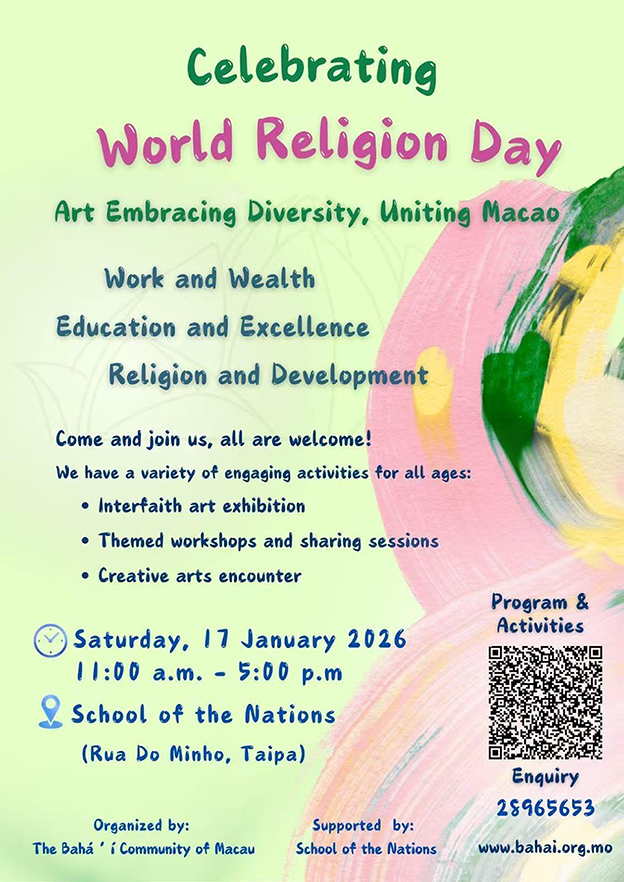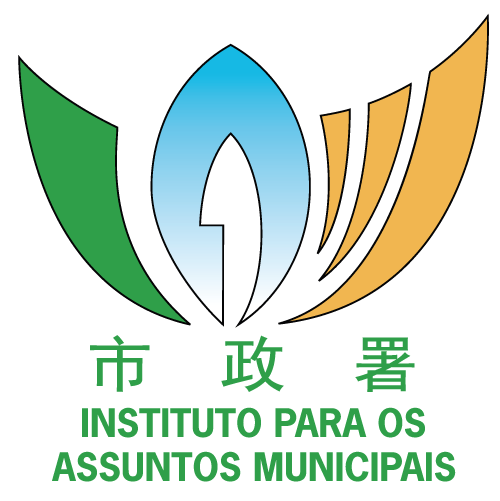Interview by Ginnie Liang
In addition to a series of international performances, the recent 33rd Macao Arts Festival featured, among others, a locally produced theatre play called “Lift Left Life Live”, which broke the conventional boundaries of space by turning Macau Tower into an airport for visitors to “travel” while watching the play. The crew explained to The Macau Post Daily on Sunday the creative philosophy behind the project and the joy and sorrows of the local theatre community.
This play, led by the PO Art Studio, was staged at Macau Tower from May 25 to 28. This type of cross-boundary performance worked combined with a tourism experience, enabling the audience to experience three parts: boarding at the airport, flying in an “aircraft”, and sightseeing on the top of the tower. The most interesting thing was that this team turned Macau Tower’s lift into a cabin, which took “passengers” on a tour of five cities - set on five floors.
Audience’s ‘travel’ experience
As a “flight attendant” in the cabin, Mok Kuan Chong, who is also a main member of the production team, said she witnessed a lot of interesting reactions from passengers. What surprised her most was that even elderly spectators were very immersed in the performance, as she thought initially they would find it difficult to accept the new theatrical form.
Another of the main members of the production team, Leong Son U, who worked as a “security guard” at the “check-in counter”, observed the audience’s surprise at the change in the tower’s space, and was pleased that they were happy to seek out the “passers-by” in the crowd - who pretended to be on a real trip and had their own personas. “It’s as if the audience had a connection to the actors or the journey throughout the journey, and that’s what I find most interesting,” said Leong.
Leong also said that the audience feedback was that although they were Macau people, they rarely had the motivation to stand on the top floor of the tower to look around “with the perspective of visitors to see their own city,” Leong concluded by saying that the crew set up five “tourist destinations”, some elements of which reflected the microcosm of Macau’s tourism industry.
Chong said they had observed that many cities with tourism as their leading industry were converging on the same fate. “For example, in one of the fictional cities in the show, we exaggerated the phenomenon of the amusement park of history, culture and festival activities,” alluding to the situation in Macau.
The five fictional cities highlighted their historical culture, natural attractions, exciting entertainment, shopping and food. “We wanted to deconstruct Macau in this way, so that the audience could think of Macau as a city that has all these aspects at the same time,” said Leong.
The future of the city
In the second part of the show, visitors needed to “transfer”, and upon entering the next destination, they had to fill in an “exit and entry” form to select their favourite and most desirable places to live, which were the five fictional cities in the show.
Leong said he hoped the audience would not only choose, but also think about the question – why do we need to choose within the framework?” The “transfer”, which Long said, also meant to show the turnaround that Macau has experienced after the travel curbs due to the COVID-19 pandemic for three years. “What is the new destination and what kind of new start should it have?”, Leong asked.
After “arriving”, the visitors were taken by lift to the 58th floor of the tower, where they were each given a transparent, illuminated suitcase and headphones that played a description of their chosen city in the voice of a little girl. The space on the 58th floor was almost dark, except for the illuminated suitcase each “passenger” carried. After listening to the description, the audience walked, viewed and contemplated at the top of the observation tower in silence.
“We really wanted the audience to be able to look at their place of residence as a traveller and ask themselves, if they were to travel, where would they want to go?”, Leong said, trying to create an environment for the audience to look at the night scene of Macau and rethink.
“The illuminated luggage in their hands was the light that illuminates the road ahead for everyone,” said Leong.
Difficulties & empty pockets
Almost all of those who watched the show were left wondering about the highly simulated cabin. The cabin covered an area of 5 metres by 2 metres and could accommodate 12 “passengers” at a time. “The hardest part of the process was finding the right site and building the cabin,” Chong said.
Leong added that the crew had to rebuild the engine room every day after the tower’s stores closed, and then dismantle and restore it after finishing the show in the early morning. The entire assembly process took two hours, along with power supply, sound and other technical difficulties.
The lack of funds was also a major problem for the crew. Members of the troupe admitted that everyone had to “pay out of their own pockets” to complete the production, especially the cost of going up in the lift to the 58th floor, which was also borne by the crew, while the Cultural Affairs Bureau’s (IC) funding only covered part of the production.
Leong said he hopes the show will become a regular performance in the future, though that would require “a lot of funding and a difficult communication process,” or it could be staged in other cities, “because the non-linguistic nature of the play could allow it to be seen by other audiences in different places.”
A way out
Despite the difficulties, tickets sold out quickly, indicating great interest in the theatre play. However, the team members are not sure whether the show can rerun.
Leong acknowledged, “The essence of art is to satisfy the needs of the soul, but to make it achieve this purpose while also feeding the people who run it, is not necessarily ideal.”
Leong said that all this had to do with people’s overall art education, and it was important for Macau’s art creators that local people would be more exposed to art, rather than just appreciating it on a superficial level, and making it an integral part of their lives.
“The play was meant to be enlightening,” said Leong, hoping that what the play could bring to the audience was not just fun, but thinking about Macau’s way out, and the city’s future.

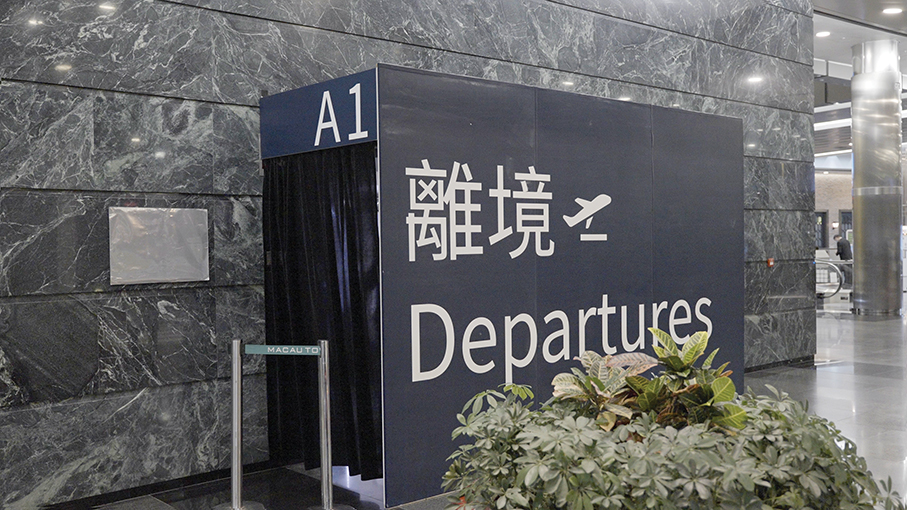

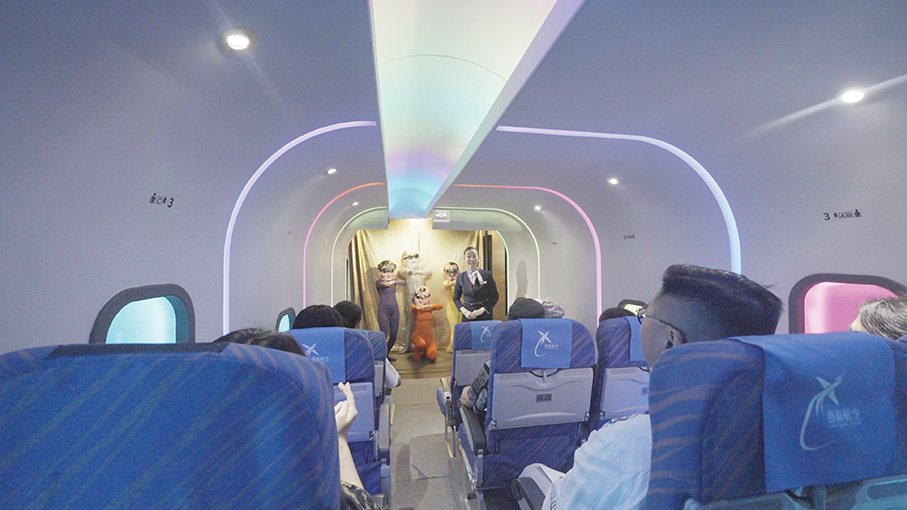
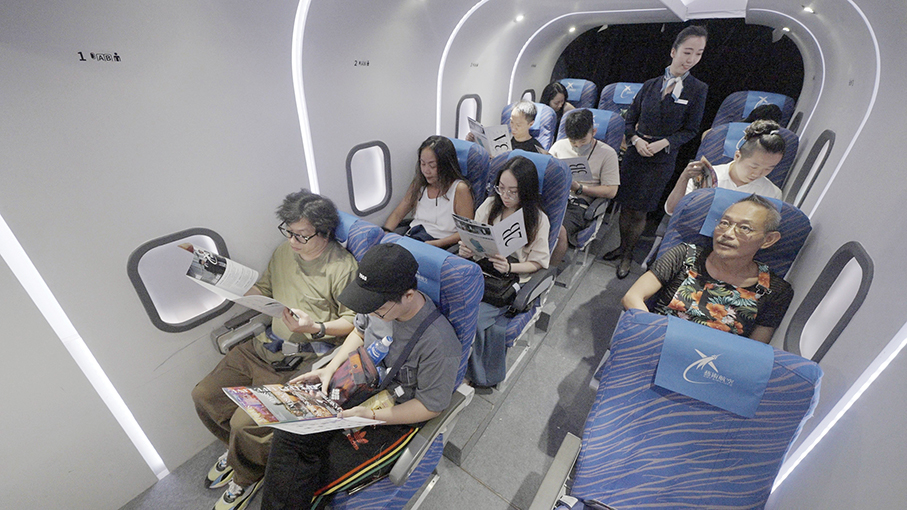
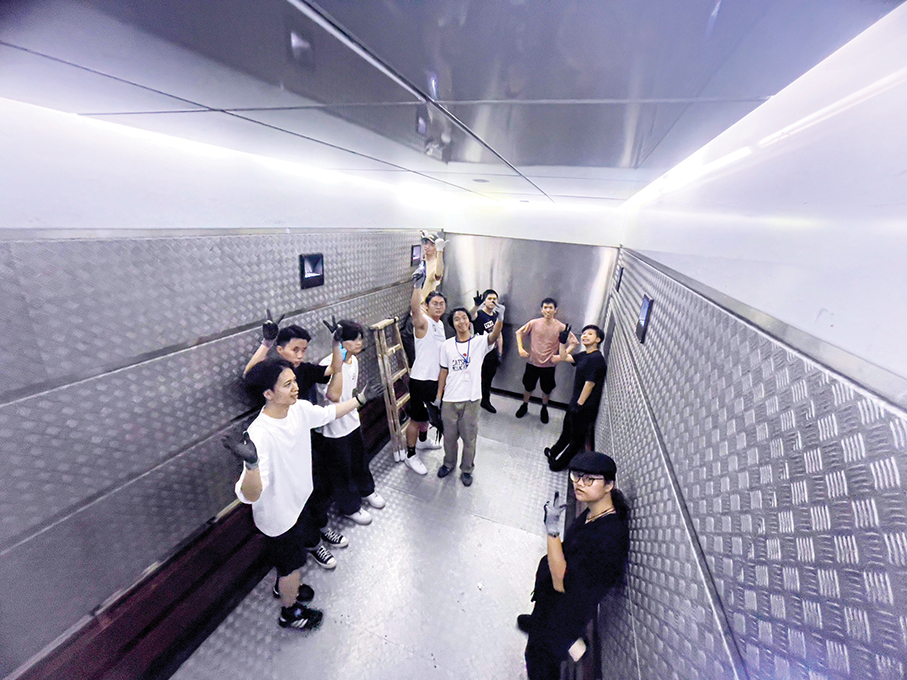

These undated file photos of the Lift Left Life Live have been provided by the PO Art Studio.

